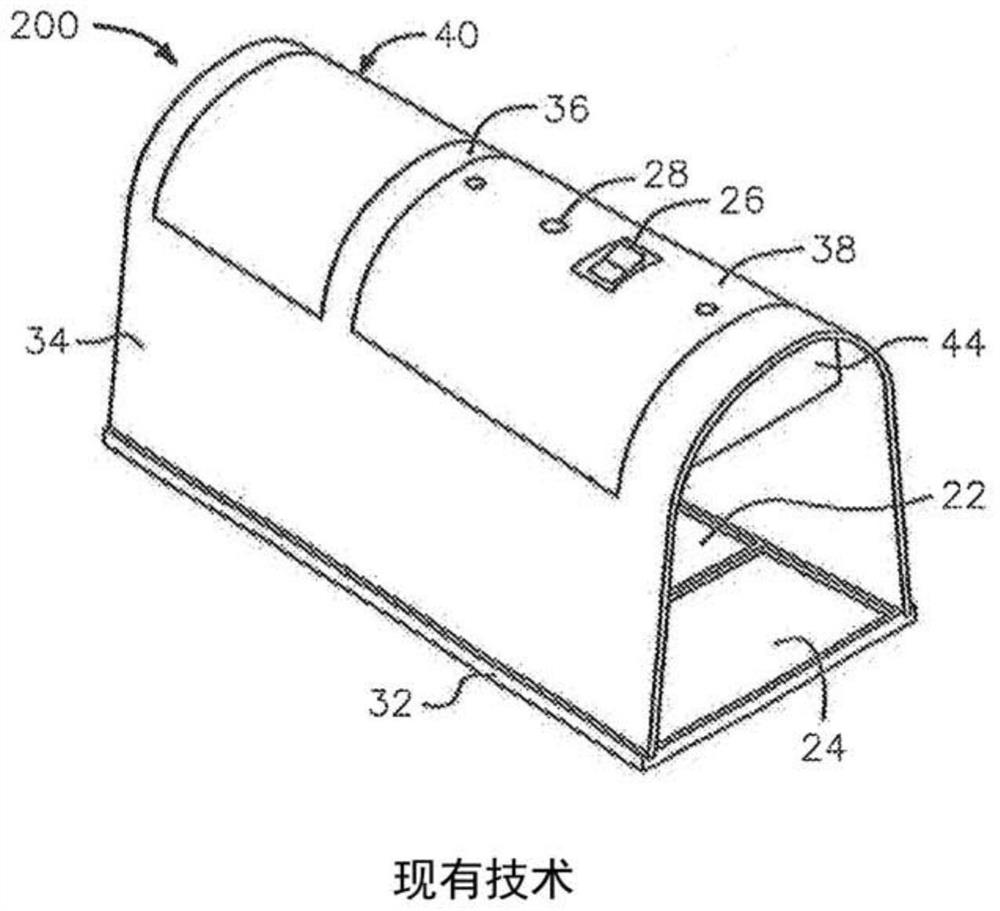Wash down sensor for electronic rodent traps and method of preventing false triggering using a wash down sensor
A rodent, resistive sensor technology, used in animal traps, electromagnetic/magnetic exploration, instruments, etc., can solve problems such as inaccurate determination of rodents and the presence of water, short-term wetting, etc.
- Summary
- Abstract
- Description
- Claims
- Application Information
AI Technical Summary
Problems solved by technology
Method used
Image
Examples
Embodiment Construction
[0047] It should be understood that the embodiments described herein are disclosed by way of illustration only. It is not intended to limit the scope of the invention to the details of construction and arrangement of components set forth in the following description or shown in the drawings.
[0048] Additionally, in describing at least one preferred embodiment, specific terminology will be employed for the sake of clarity. It should be understood that each specific term includes all technical equivalents that operate in a similar manner to accomplish a similar purpose.
[0049] exist figure 1 and figure 2 An electronic rodent trap according to the '466 patent is shown in and generally designated by the reference numeral 200 . although figure 1 and figure 2 The flushing sensor is not shown, but the trap 200 is suitably equipped with a flushing sensor 50 according to the invention, such as image 3 generally shown. Similarly, traps with only two plates (eg, as shown in...
PUM
 Login to View More
Login to View More Abstract
Description
Claims
Application Information
 Login to View More
Login to View More - R&D
- Intellectual Property
- Life Sciences
- Materials
- Tech Scout
- Unparalleled Data Quality
- Higher Quality Content
- 60% Fewer Hallucinations
Browse by: Latest US Patents, China's latest patents, Technical Efficacy Thesaurus, Application Domain, Technology Topic, Popular Technical Reports.
© 2025 PatSnap. All rights reserved.Legal|Privacy policy|Modern Slavery Act Transparency Statement|Sitemap|About US| Contact US: help@patsnap.com



